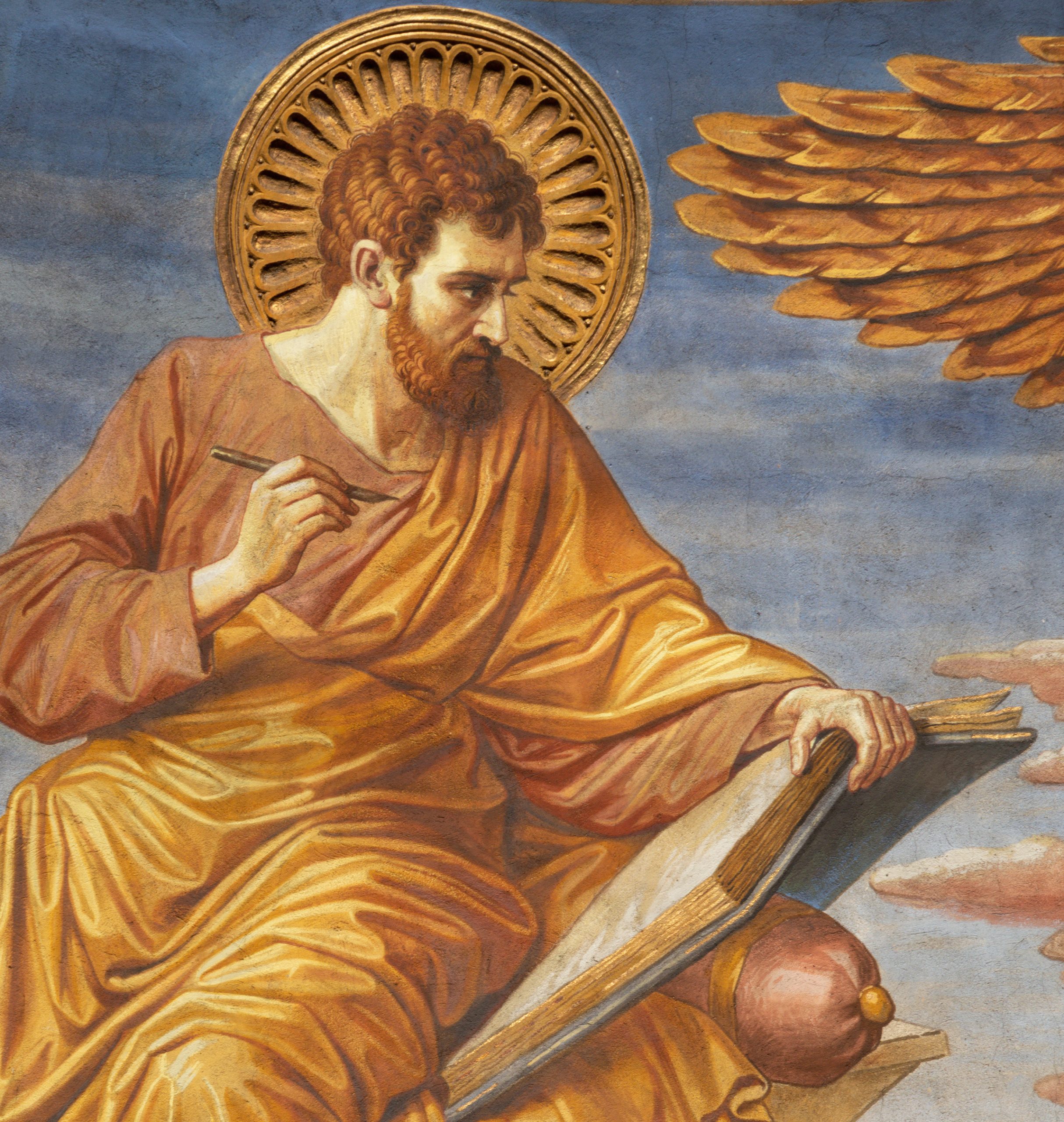
+ St. Matthew, Apostle +
The post below will address comments on the sedevacantist Passion of the Church article which was reviewed here last week because this article also makes reference to the possibility that John 23 was validly elected, quoting Pope Pius IX to the effect that even an “unworthy heir” can still reign validly. Other blogsters and Internet commentators are now hyperventilating about a new video by a Fr. Altman detailing the heresies of Francis. One of these is Patrick Henry, whose comments, unfortunately, have been picked up by other blogs. I don’t normally name names here but I am now forced to warn readers that Patrick Henry’s writings are not in compliance with the teachings of the Roman Pontiffs.
I have corrected Henry on this on several occasions, even published blog articles that demonstrate where he is in error, but to no avail. He insists that I believe that the laity comprises the magisterium, when all I have ever done is point to what the magisterium teaches. He denies the binding statement entered into the Acta Apostolica Sedis by Pius XII that in the absence of the hierarchy, the laity must take up all of their responsibilities. He refuses to believe that once the papacy is taken away, as St. Paul prophesied, the sheep would scatter as Christ warned. Here we need only cite three of his statements to prove that despite his copious quotes from the popes, he teaches falsely on Christ’s constitution of the Church and the fullness of papal power.
— “Truly Catholic Bishops MUST exist – otherwise there is no Catholic Church today and Jesus Christ would be a liar.”
— “It is heretical to state that the Catholic Church can be in existence without the episcopal order of the hierarchy consisting of Catholic bishops with the power of Orders and the power of jurisdiction.”
— “[Benns states]: The Apostolic hierarchy cannot exist without its head bishop, the pope.” [Should] Catholics believe this last sentence is the truth for even the length of one New York second?”
Notice there is no mention of the pope here as head bishop, implying that he denies the papacy is necessary for the episcopate to exist. This is consistent with the belief of sedevacantists who deny the necessity of the papacy and endorse Gallicanism. We read from the Vatican Council: “So in His Church, [Christ] wished the pastors and the doctors to be even to the consummation of the world. But, that the episcopacy itself might be one and undivided, and that the entire multitude of the faithful through priests closely connected with one another might be preserved in the unity of faith and communion, placing blessed Peter over the other apostles, He established in him the perpetual principle and visible foundation of both unities upon whose strength the internal temple it might be erected and the sublimity of the Church to be raised to heaven might rise in the firmness of this faith” (DZ 1821; emph. mine).
So the way this is worded, the existence of the pastors and doctors even to the end of the world was dependent on whether they are founded on Peter, which explains the beginning of the following sentence with ”But.” The house of the faith cannot stand without its foundation. As quoted in last week’s blog from Pope Pius IX’s encyclical Nostis et Nobiscum: “Religion itself can never totter and fall WHILE THIS CHAIR REMAINS INTACT.” The Church cannot be one and undivided without Peter, for if divided from him, it is not one. If the Novus Ordo church and Traditionalists of all varieties are hopelessly at war with one another, how is anyone ever to arrive at anything close to the truth without adhering to the integral teachings of the Church, the fullness of papal teaching prior to Pope Pius XII’s death? The cacophony out there is so deafening because even people like Henry who pray at home seem to be playing for the same team and have been for some time. More on this later.
One of Henry’s main objections is the fact that Vacantis Apostolicae Sedis renders any bishops consecrated without the papal mandate INVALID, when Henry insists that the Church teaches “no LAWFUL consecration may take place in the entire Catholic Church without the order of the Apostolic See, as the Council of Trent declares.” That is true when a canonically elected pope is reigning, as some have claimed in citing Ad apostolorum principis to support the ”lawful” scenario. But it is NOT true during an extended interregnum, and Vacantis Apostolicae Sedis, which will be examined at length below proves this. Anyone who dares to state that Pope Pius XII meant otherwise and fails to accept the conclusions which must logically be drawn from this constitution denies the teachings of the Vatican Council.
The binding force of papal constitutions
The sedevacantist article referred to last week states: “It is reasonable to hold that Roncalli was the first false pope of the 20th century. Since the evidence against John XXIII, however, is not as copious or as clear-cut as it is against Paul VI (r. 1963-78), some believe the first false pope was Paul VI… There are no cardinals appointed by a true Pope alive today, that much is certain, unless we want to posit that there is some true Pope in hiding who has appointed cardinals. While that may or may not be possible, either way it would remain a mere hypothesis.” But if the cardinals are all dead, how could there ever be another pope?, an opponent queries. And the sede blog replies: “Pius XII’s constitution on how to elect a Roman Pontiff is merely ecclesiastical law and therefore human law. It is not divine law, and it is therefore limited of its very nature. A human legislator — in this case, the Pope — can never foresee all possible circumstances that may arise, and human laws, even in the Church, are not meant to address all possible scenarios but are typically made only for ordinary circumstances.”
How any Catholic could possibly believe that this infallible constitution, a teaching of Christ’s Vicar, written with the active assistance of the Holy Ghost is merely a human document is truly astonishing. This grave error has been addressed at length in the article on epikeia. As will be seen below, the first three paragraphs of Title 1, Ch. 1 of Pope Pius XII’s election Constitution, Vacantis Apostolicae Sedis (abbreviated below as VAS), treats of papal jurisdiction and the nature of the primacy as it exists during an interregnum, not disciplinary matters. Title I has nothing to do with the election itself per se, but with the exercise of that jurisdiction St. Peter and his successors receive directly from Christ. (This, however, does not mean that certain teachings in the election law itself are not infallible.) A constitution is not just a law. It is: “A papal document that deals with serious doctrinal matters regarding the DEFINITION OF DOGMA, changes in canon law or other ecclesiastical matters.” This definition reveals that such constitutions can be either dogmatic or disciplinary, but as seen below they are always binding.
The Catholic Encyclopedia states: “The binding force of pontifical constitutions, even without the acceptance of the Church, is beyond question. The primacy of jurisdiction possessed by the successor of Peter comes immediately and directly from Christ. That this includes the power of making obligatory laws is evident. Moreover, that the popes have the intention of binding the faithful directly and immediately is plain from the mandatory form of their constitutions.” The Encyclopedia article, taken from S.B. Smith’s Elements of Ecclesiastical Law, calls these constitutions “synonymous” with laws, but not identical to them, since “…even in ecclesiastical usage the word constitution is restricted to papal ordinances.” In this case Pope Pius XII was defining dogma in the first three paragraphs of VAS, as did his predecessor Pope St. Pius X in the very same words. But he made certain there was no doubt that this was exactly what he was doing, adding to Pope St. Pius X’s document that what was stated in those three paragraphs issued from his Supreme Authority (see article HERE).
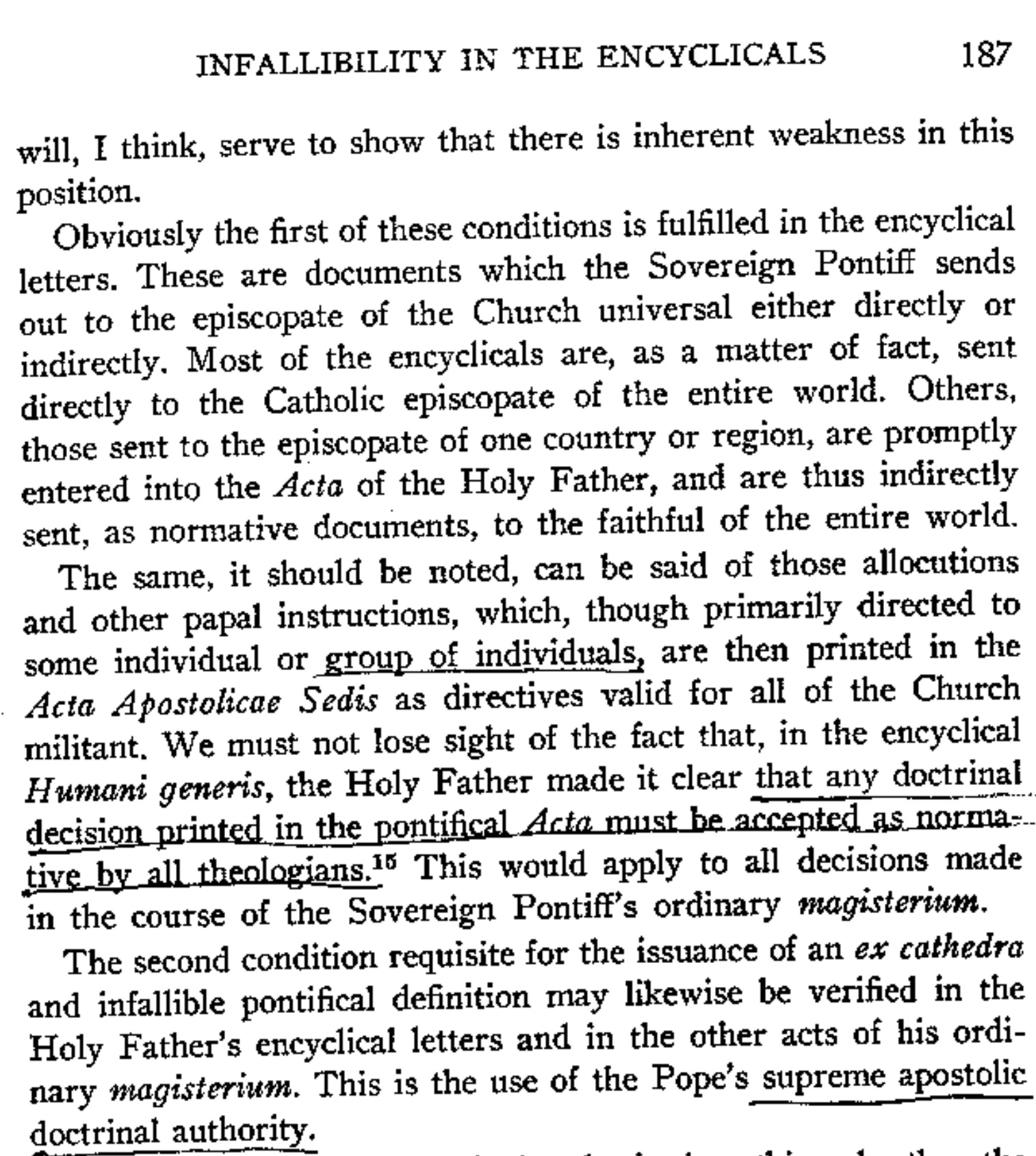 Whether it concerns matters of faith, morals or discipline, then, when we see that any document has been entered into the Acta Apostolica Sedis, we know that this document is binding on the faithful and that the Pope intends us to consider it something that he absolutely commands us to believe and to obey. Pope Pius XII taught in Humani generis that whenever you find any papal act registered in the Acta Apostolica Sedis, it is binding. This is explained here by Msgr. Joseph C. Fenton. Now if you read a papal document and it says “with the fullness of our Apostolic authority, with our Supreme Authority, We define, decree, declare” or anything like that you know the Pope is telling you that this is something that you are definitely bound to believe and to hold, an order issuing directly from him as the pastor of souls and the voice of Jesus Christ. But it doesn’t necessarily have to say this, in so many words, to be binding on the faithful. When the pope does say this, though, that should tell the faithful something. It should tell them that whatever it is he is saying is coming not from his lips alone, but from the mouth of Christ.
Whether it concerns matters of faith, morals or discipline, then, when we see that any document has been entered into the Acta Apostolica Sedis, we know that this document is binding on the faithful and that the Pope intends us to consider it something that he absolutely commands us to believe and to obey. Pope Pius XII taught in Humani generis that whenever you find any papal act registered in the Acta Apostolica Sedis, it is binding. This is explained here by Msgr. Joseph C. Fenton. Now if you read a papal document and it says “with the fullness of our Apostolic authority, with our Supreme Authority, We define, decree, declare” or anything like that you know the Pope is telling you that this is something that you are definitely bound to believe and to hold, an order issuing directly from him as the pastor of souls and the voice of Jesus Christ. But it doesn’t necessarily have to say this, in so many words, to be binding on the faithful. When the pope does say this, though, that should tell the faithful something. It should tell them that whatever it is he is saying is coming not from his lips alone, but from the mouth of Christ.
So Vacantis Apostolicae Sedis is a binding document for the simple reason that it treats matters of dogma and is entered into the 1946 Acta Apostolica Sedis (5 – ACTA, vol. XIII, n. 3. — 4-2-946). Traditionalists can try to pretend they have the power to dispense from it and override it, but that is exactly what the constitution was written to prevent and why such attempts are infallibly declared to be invalid. For the pope explains that during an interregnum (a) no one can usurp the jurisdiction of the Roman Pontiff following his death or do anything that was reserved to the Roman Pontiff during his lifetime; (b) no one can violate the rights or prerogatives of the Church and everyone must defend them and finally (c) no one can change papal law or papal teaching or dispense from it in any way during an interregnum because those laws emanate primarily from the Roman Pontiffs and the ecumenical councils. This is clearly a clarification of Divine jurisdiction, which is why Pius XII concludes with the following:
“In truth, if anything adverse to this command should by chance happen to come about or be attempted, we declare it, BY OUR SUPREME AUTHORITY, to be null and void.”
This invalidation of acts would include but is not limited to: (a) the election of Angelo Roncalli contrary to the laws and teachings of the Church and in violation of VAS and its provisions; (b) any attempt to consecrate bishops without the mandatory papal approval; (c) presumption of the VALIDITY of ordinations and consecrations performed by bishops approved by Pius XII without a decision by the Holy See, when the disposition of such irregular activities are reserved to his judgment alone; (d) the validity of first tonsure and obligatory examination of priestly candidates by those who lost jurisdiction through heresy and schism (since tonsure is a jurisdictional act) or who never became bishops per VAS, but were mere laymen; (e) any attempt, by anyone, to interpret VAS is automatically null and void since it is reserved strictly to the cardinals, who have all expired.
Essentially what Pope Pius XII has issued here is an (infallible) invalidating and incapacitating law. It applies only to interregnums which for the past several centuries have been limited by papal law and are relatively brief. Therefore, the temporary suspension of the papal approval of bishops and supplying of jurisdiction, also decisions on papal cases pending, was not burdensome. But the current interregnum is unprecedented and any so-called remaining bishops living at the time of Pope Pius XII’s death are entirely culpable for the length of its existence. “No ignorance of invalidating or disqualifying laws excuses from their observance; namely no ignorance of the aforementioned laws can make acts valid which they have rendered invalid nor can it make persons capable of acting whom they have declared incapacitated from acting. Nor can subjects be excused from the observance of these laws, for the matter is in no way dependent on the will of the agent but on the contrary depends entirely on the will of the legislator who issued such laws BECAUSE THE COMMON GOOD REQUIRED IT” (Abp. Amleto Cicognani, Canon Law, 1935, Can. 16).
Both Pope St. Pius X and Pope Pius XII invalidated all acts contrary to papal law and teaching and every usurpation of papal jurisdiction to defend the sacred institution of the primacy. Pope Pius XII did so by his Supreme Authority, making it clear there was no possibility this law could be dismissed as a mere human or disciplinary law. And given the nature of invalidating laws and what’s happened to the Church, we know why Pius XII wrote this constitution: It was for the good of the Church, because he knew that there is no better time to upend everything than when the See is vacant; and the mutineers were already at work. Denial that the Pope must be canonically elected is a heresy condemned long ago by the Church that is also reflected in Canon Law.
What is meant by canonical election?
Canon 147: “An ecclesiastical office is not validly obtained without canonical appointment. By canonical appointment is understood the conferring of an ecclesiastical office by the competent ecclesiastical authority in harmony with the sacred canons.”
A decision of the Sacred Congregation regarding this Canon was issued June 29, 1950 (AAS 42-601). It levied excommunications “specially reserved to the Holy See” against those who violate Can. 147 and who contrive against legitimate ecclesiastical authority or attempt to subvert their authority, also anyone who takes part in such a crime. This only further confirms the first three paragraphs of Pius XII’s election law.
Canon 160: “The election of the Roman Pontiff is governed exclusively by the constitution of Pope Pius X, Vacante Sede Apostolica… amended and completely revised by [Pope Pius XII’s] constitution Vacantis Apostolicae Sedis of December 8, 1945.” Thus the Code itself confirms the papal constitutions regarding elections in its laws. It is not per se a law itself, however, since it issues directly from the Pontiff himself.
Canon 219: “The Roman Pontiff legitimately elected obtains from the moment he accepts the election the full power of supreme jurisdiction by divine right” (see also Can 109).
“Immediately on the canonical election of a candidate and his acceptance, he is true pope and can exercise full and absolute jurisdiction over the whole Church.”(Catholic Encyclopedia)
Canon 436: “During the vacancy [of an episcopal see] no innovations shall be made,” and as Rev. Anscar Parsons notes below: “The election of the Holy Father has been the prototype for the election of inferior prelates.”
In the 1958 election, Roncalli and an undetermined number of other cardinals incurred censures which could only be lifted by a FUTURE pope, barring them from election. That they elected him anyway was itself a heresy, for it not only violated VAS, and nullified the actions of those cardinals voting for Roncalli, but also denied the teachings that the pope must be canonically elected, that is, according to the existing law. Errors against this teaching are condemned as found in Denzinger’s Sources of Catholic Dogma, DZ 570 d, (decree for the Armenians); and the condemnation of Wycliffe and Hus for heresy, (DZ 650, 652, 674). Then, in accepting him as a true pope, these cardinals also incurred schism, creating a new church with a false, monstrous head. And later, in joining in “worship” of him and with him, they committed communicatio in sacris (Can. 2314 §3). Pope Paul IV also refers to canonical election in his 1559 Bull Cum ex Apostolatus Officio, after stating that the faithful may depart from a heretic appearing to be pope without any fear of incurring censure: “Subjects… remain, nevertheless, bound in fealty and obedience to future Bishops, Archbishops, Primates, Cardinals and the canonically established Roman Pontiff.”
Unworthy candidates for the papacy
Above we mentioned that the sedevacantist article quoted Pope Pius IX on the matter of an unworthy heir and this quote reads: “Let the faithful recall the fact that Peter, Prince of Apostles is alive here and rules in his successors, and that his office does not fail even in an unworthy heir. Let them recall that Christ the Lord placed the impregnable foundation of his Church on this See of Peter [Mt 16:18] and gave to Peter himself the keys of the kingdom of Heaven… ” (Nostis et Nobiscum). In his dissertation Canonical Elections, (Catholic University of America Press, 1939), Rev. Anscar Parsons addresses the instance of the election of an unworthy candidate. He begins by stating: “The election of the Holy Father has been the prototype for the election of inferior prelates.” This is important, because it then relates that these canons he refers to regarding ecclesiastical elections are applicable to papal elections as well, under the canons governing what is to be done when there is some doubt about a certain affair, (Canons 18 and 20). As both Rev. Parsons and Rev. Timothy Mock (Disqualification of Electors in Ecclesiastical Elections, Catholic University of America Press, 1958) explain:
“The election of an unworthy candidate is null and void from the beginning, because QUALIFIED ELECTORS are bound to know that the one they elect is duly qualified. By unworthy is meant a person branded by infamy of law or fact or a notorious apostate, heretic, schismatic or public sinner. Canon 2391 §1 provides the parallel passage of the Code mentioned in Can. 18: “A college which knowingly elects an unworthy person is automatically deprived, for that particular election, of the right to hold a new election.” The fact that this election was based on the wishes and desires of the U.S. government alone, as demonstrated in The Phantom Church in Rome, in violation of VAS — not to mention all the other violations noted above — indicates the intent to deliberately act contrary to the commands of Pope Pius XII, i.e., knowingly.
This takes us back to the election of Roncalli himself, still listed in 1958 as a suspected Modernist by the Holy Office, which not only disqualifies him as a candidate but voids the election of Montini and all who followed him. Rev. Parsons comments that those considered unfit or unworthy of election are “…those who are legally infamous or laboring under censure [also] notorious apostates, schismatics… public sinners and persons whose conduct is sinful or scandalous… In normal cases it is PRESUMED that the chapter made its choice with full deliberation and knowledge, because it is their duty to investigate the qualities of the person whom they elect … If the majority elect someone who is unworthy, all the voters, even those who are innocent are deprived of the right to vote in this instance” (p. 197). Wouldn’t the Cardinals have been obligated to vote for anyone BUT a suspected heretic, especially given Pope Pius XII’s public disapproval of Roncalli’s behavior? And doesn’t this prove in a backhanded fashion that he was elected for other reasons, i.e., in collusion with Montini and his CIA friends?
Rev. Mock agrees with Parsons, writing: “…The burden of proof …will be upon the electors to show that they did not know of the defect in the candidate. The electors are PRESUMED to know the qualifications required by law” (p. 137). Parsons poses the question: “Is the election of an unworthy person void from the beginning? It seems that it is. For the law says that the chapter is deprived of the right to proceed ‘…to a new election.’ In making this disposition, the legislator seems to suppose that the original choice was null and void” (p. 197.)” The electors showed their true intent by the subsequent election of Montini, the CIA’s star operative in the Vatican, and the eventual devastation he wreaked upon the Church. What further damning evidence could anyone possibly hope for to prove this case?! (This discussion can be reviewed in its entirety as presented in a previous blog HERE.) In codifying the papal election laws, Pope St. Pius X removed almost every obstacle to canonical election save that of heresy, apostasy and schism. So while Pope Pius IX could be referring to someone elected under infamy of law or fact, or to a public sinner, as unworthy, he COULD NOT have included in his intended meaning anyone guilty of heresy, apostasy or schism; this is a preposterous assumption and would contradict Cum ex Apostolatus Officio.
Pope Leo XIII wrote, in Satis Cognitum, June 20, 1896: “It is absurd to imagine that he who is outside can command in the Church.” And as St. Robert Bellarmine taught, a man not even a member of the Church can scarcely become its head. We read in the Catholic Encyclopedia on papal elections: “Of course the election of a heretic, schismatic, or female would be null and void. Immediately on the canonical election of a candidate and his acceptance, [the one designated] is true pope and can exercise full and absolute jurisdiction over the whole Church.” And once such an individual reveals that he intends to corrupt the liturgy and create a new idea of the Church, he is a heretic and schismatic, and therefore was never canonically elected. Cum ex Apostolatus Officio is the final word on this topic, although Traditionalists have vilified and ignored it from the beginning. All this argumentation, disputation, and demonization of actual proofs, in order to favor only opinions and theories, could have been avoided long ago by simply following Cum ex Apostolatus Officio, VAS, and the teachings of St. Robert Bellarmine.
To claim Roncalli a qualified candidate for election the following canons would need to be dispensed from, which is infallibly forbidden by Pope Pius XII in VAS.
— Roncalli’s checkered history and close friendship and collaboration with Montini, which is a matter of public knowledge; and especially his listing by Pope Pius XI as a suspected Modernist, proves he indeed was just as guilty of heresy as Montini. For Can. 2209 reads: “Persons who conspire to commit an offense and also physically concur in the execution of the same are all guilty in the same degree…” And if VAS is obeyed, we must accept this Canon as negatively infallible truth.
— Until Roncalli could be cleared of all suspicion of heresy (which is not a possibility), he would have been ineligible for election under Can. 2200, which assumes his guilt as at least a material heretic and therefore places him outside the Church (Rev. Tanquerey, several others) until his innocence is proven (see article HERE). It became publicly known in the 1960s, shortly after his election, that Roncalli was a suspected heretic, making the violation a known external act.
— Canon 2200 contains a presumption of law and cannot be struck down until such innocence is firmly established by competent ecclesiastical authority (Can. 147; see above). The cardinals electing him, who failed to investigate him and later went on to implement the new liturgy and Vatican 2 could scarcely be described as competent. In fact, nearly all were not valid electors and therefore could not have comprised the 2/3 plus one majority necessary to validly elect. Because as Pope Pius XII teaches in para. 68 of VAS, unless this majority exists, the election is invalid.
— Canons 1812, 1814 and 1816: Canon 1812 lists acts of the Roman Pontiffs as “public documents.” Can 1814 states that: “Public documents, both ecclesiastical and civil are presumed genuine until the contrary is proven by evident arguments.” Canon 1816 states: “Public documents prove the facts” of the case … “No further proof is required and the judge must pronounce in favor of the party whose contention is proved by a public document.”
— Canons 1827 and 1828 state that: “He who has a presumption of law in his favor (Canons 1814, 2200) is freed from the burden of proof which is thus shifted to his opponent. If the latter cannot prove that the presumption failed in this case, the judge must render sentence in favor of the one on whose side the presumption stands” (Can 1827). “Presumptions which are not stated in law shall not be conjectured by the judge except from a certain and specific fact which is directly connected with the fact in controversy. The presumption must thus be a kind of reasonable conclusion or inference from another specific fact established by evidence in the case. Since all inferential evidence is dangerous and easily misleads, the Code warns against conjectures” (and Pope Pius XII condemns the use of conjectures in Humani generis).
Conclusion
As we have stated repeatedly, obedience to VAS, to papal teaching in its fullness and to Canon Law would see the way clear to resolving this situation regarding the vacancy insofar as it could be resolved, but no one wishes to obey. Novus Ordo and Traditionalist pseudo-clergy alike, and that includes Henry who received orders himself from Francis Schuckhardt, cannot, will not, swallow their pride and for the good of the Church, bow their heads to VAS and admit that these bishops and priests are invalid and Antichrist has overcome the saints (Apoc. 13:7). For there is actual infiltration of Traditionalist AND pray-at-home ranks as noted in our articles on the Feeneyites. And some of the sources working behind the scenes to seduce the remnant have proven ties not only to Freemasonry but to Gnosticism, even Satanism. This we also have already covered in previous articles. We beg readers to do the only thing that can be done in this situation, the remedy that was suggested in a previous blog: daily pray the long St. Michael’s Prayer, that the evil spirits who have entered into our midst be expunged.
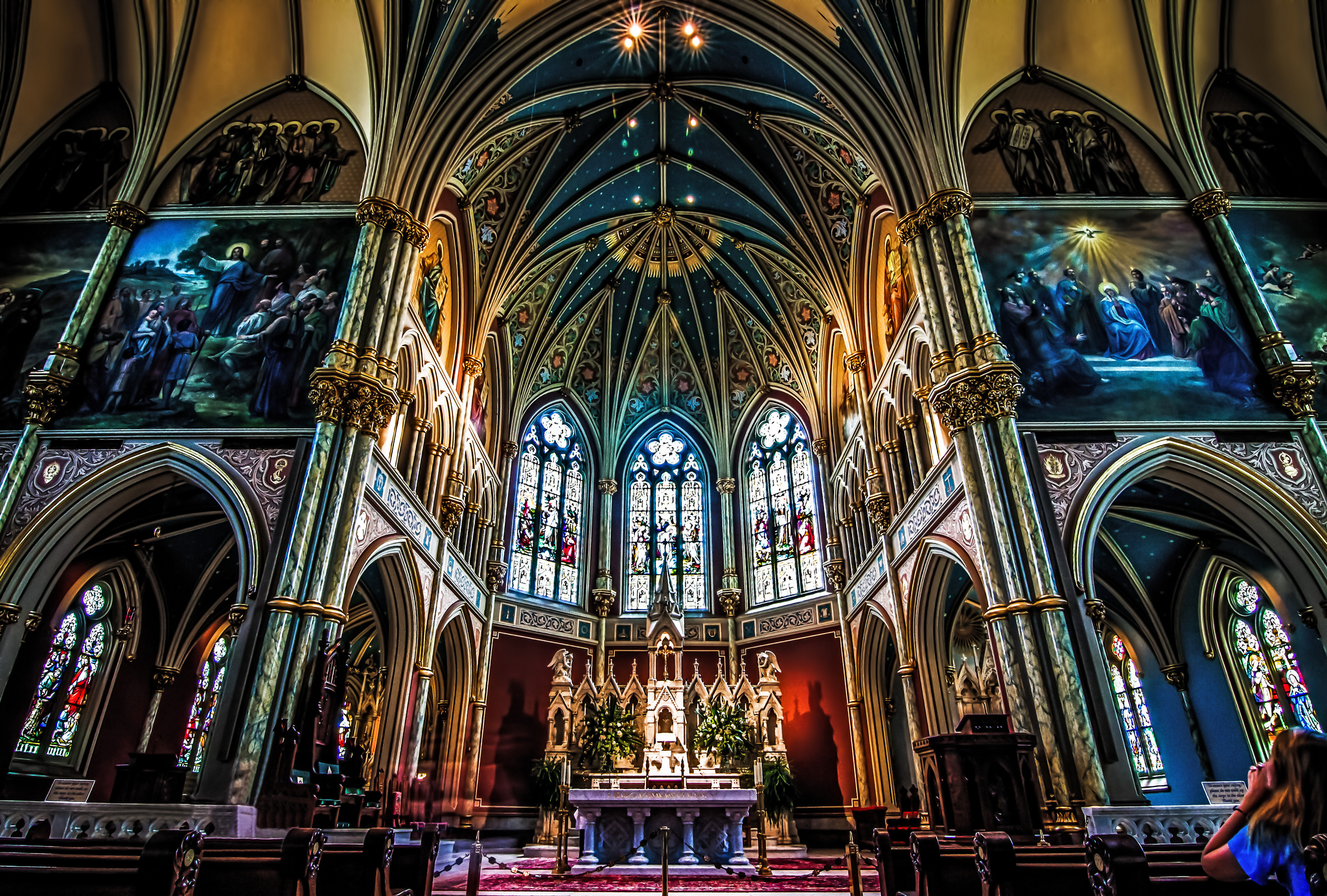
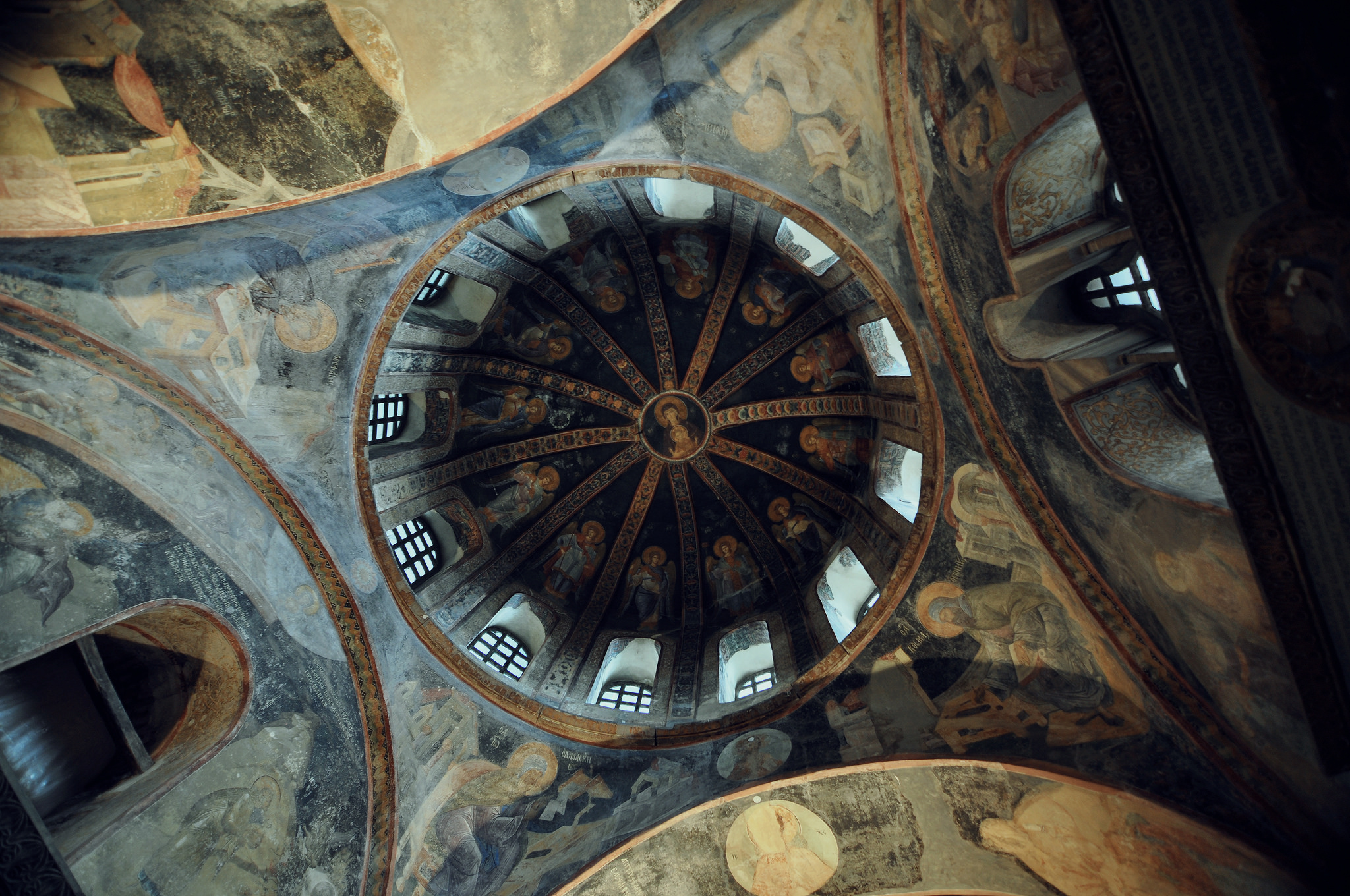
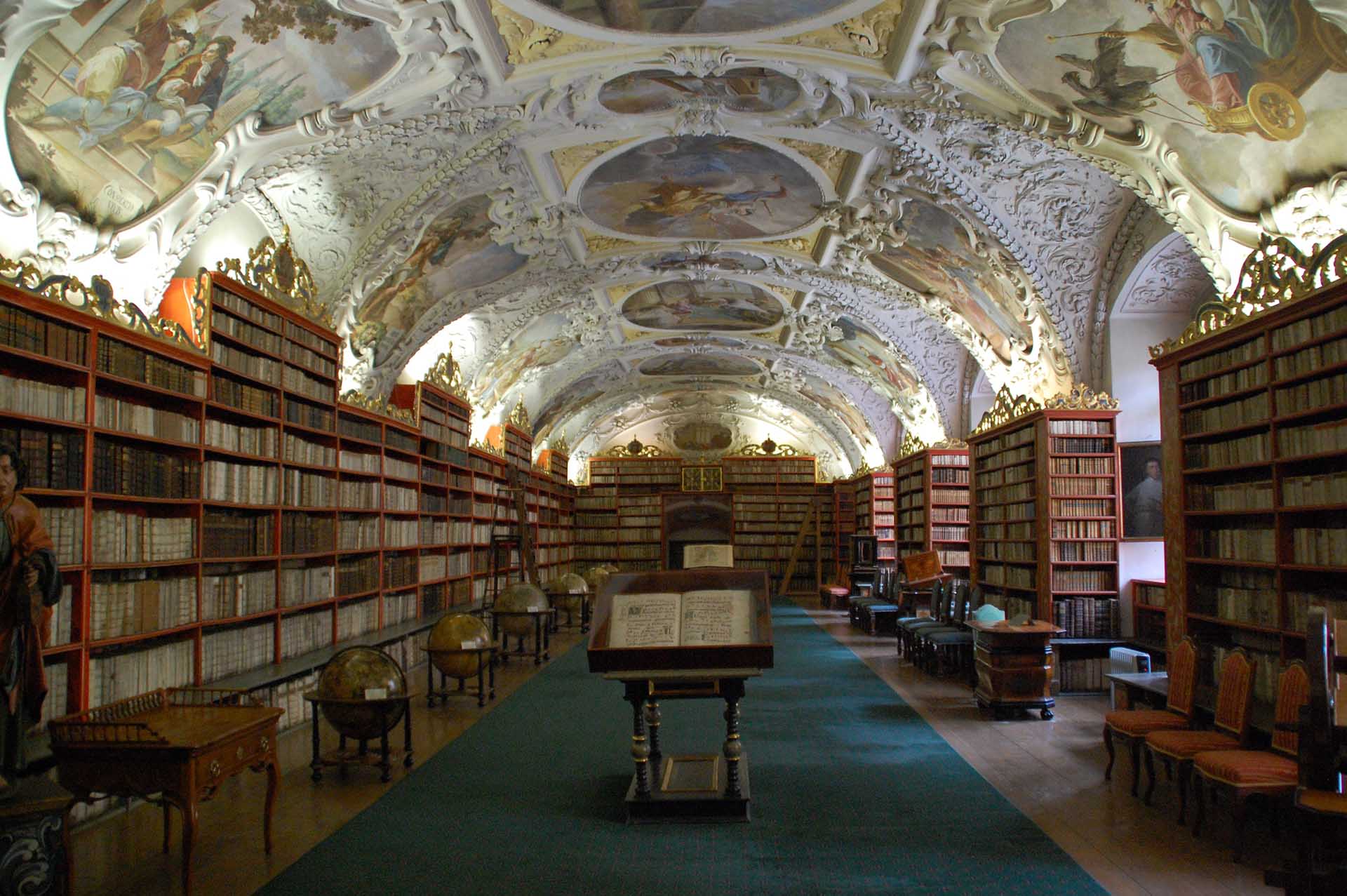
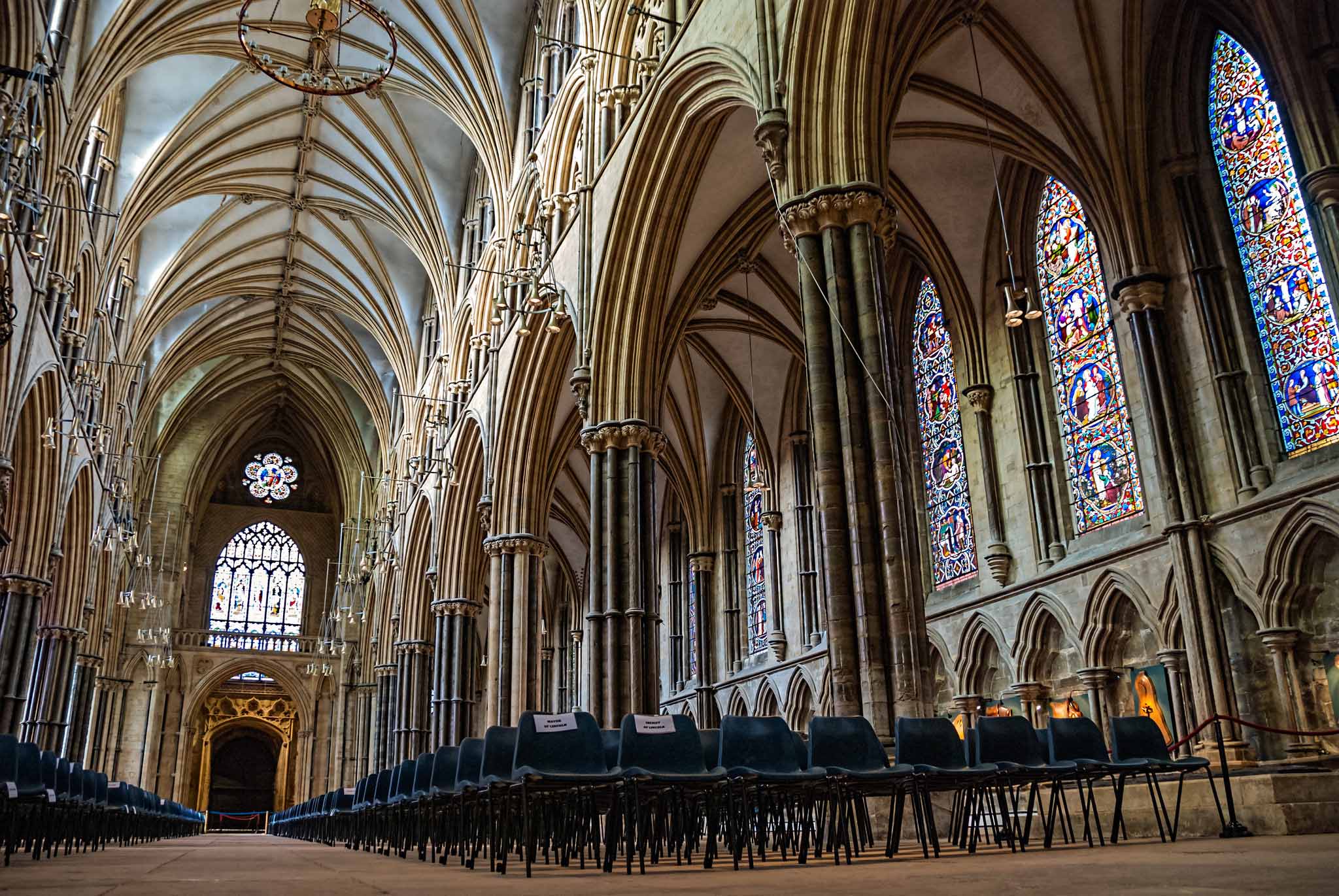
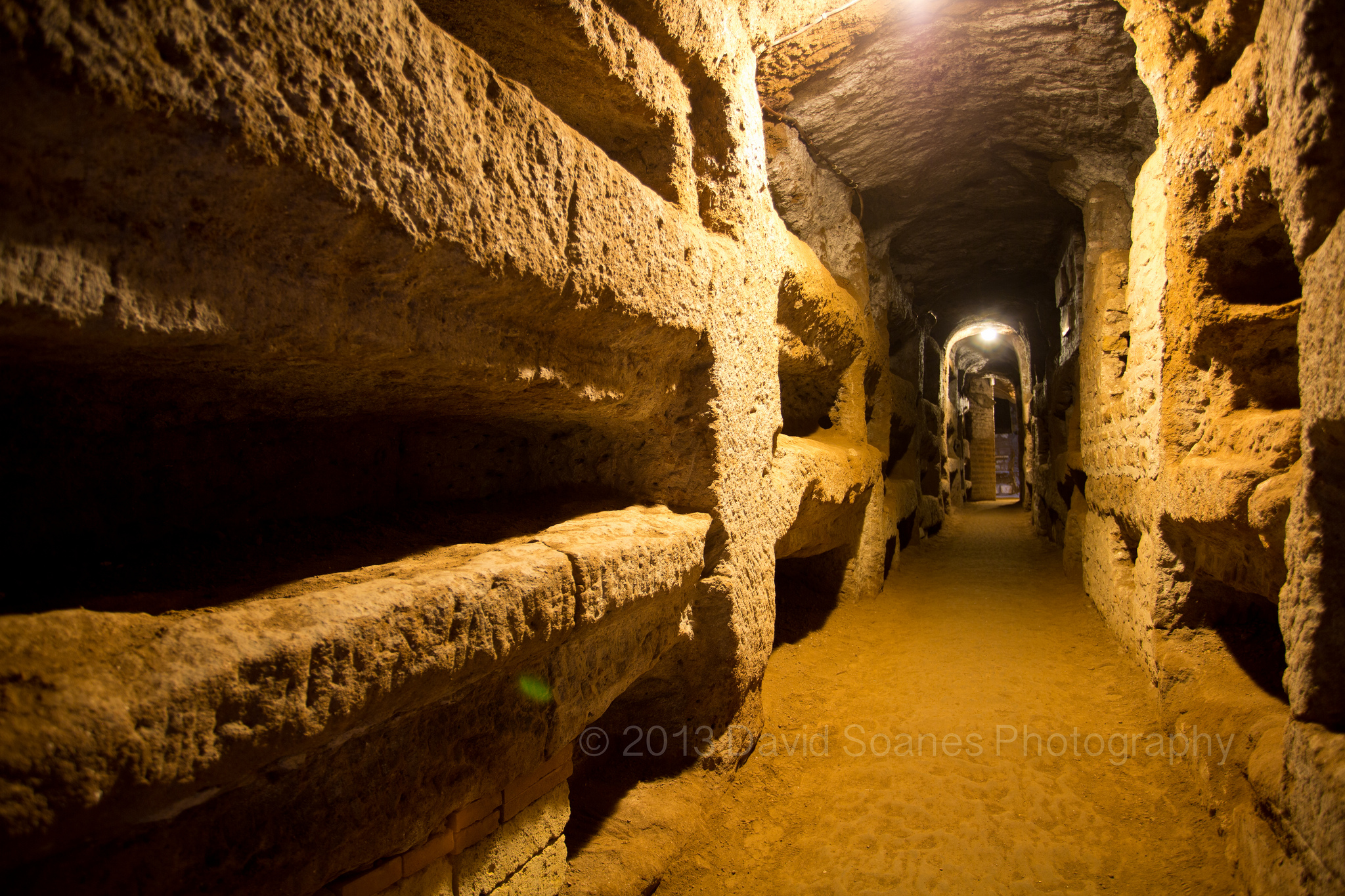

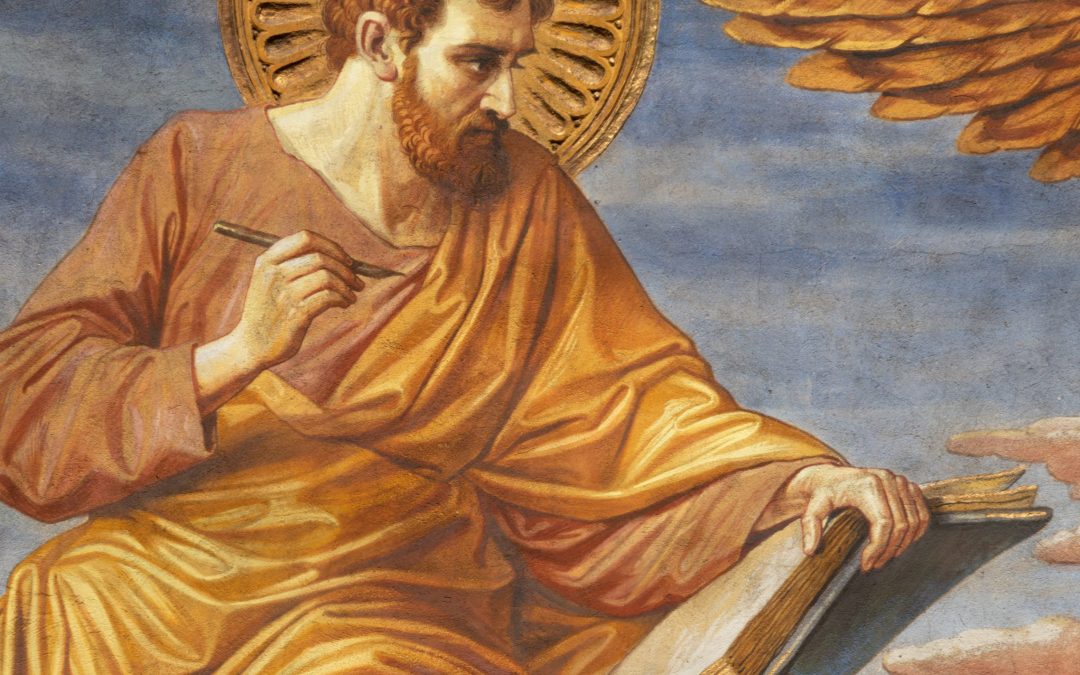
Dear Teresa,
Your writing here is so clear and filled with all the citations a reader would need to confirm for themselves the Church laws and teachings on this matter, while anything I ever read on Patrick Henry’s site always left me totally confused.
God promised that His own would never be confounded. Patrick Henry should be very fearful in his disobedience to the commands of the Vicar of Christ–the mouth of Christ, as the pope is so wonderfully described in this blog. He reminds me of “Fr” Gregory Hesse who discounted with a wave of his hand the infallible “Cum Ex…” and said that no one need obey this bull because Pope Paul IV was such a disagreeable man! That was Hesse’s proof! So ridiculous, but he deceived many. I heard first-hand the traditionalists at the “chapels” agreeing with this stupid “proof.”
I will pray the long St. Michael’s prayer for Patrick Henry–that he be freed from the bondage of Satan. When Satan has you, you are catapulted into a most sickening darkness. And it seems, a longing to remain in darkness overcomes these held captive.
Great work, Teresa. May someone be freed tonight!
God bless,
Irene
Yes, Our Lady of Ransom, ransom the captives!